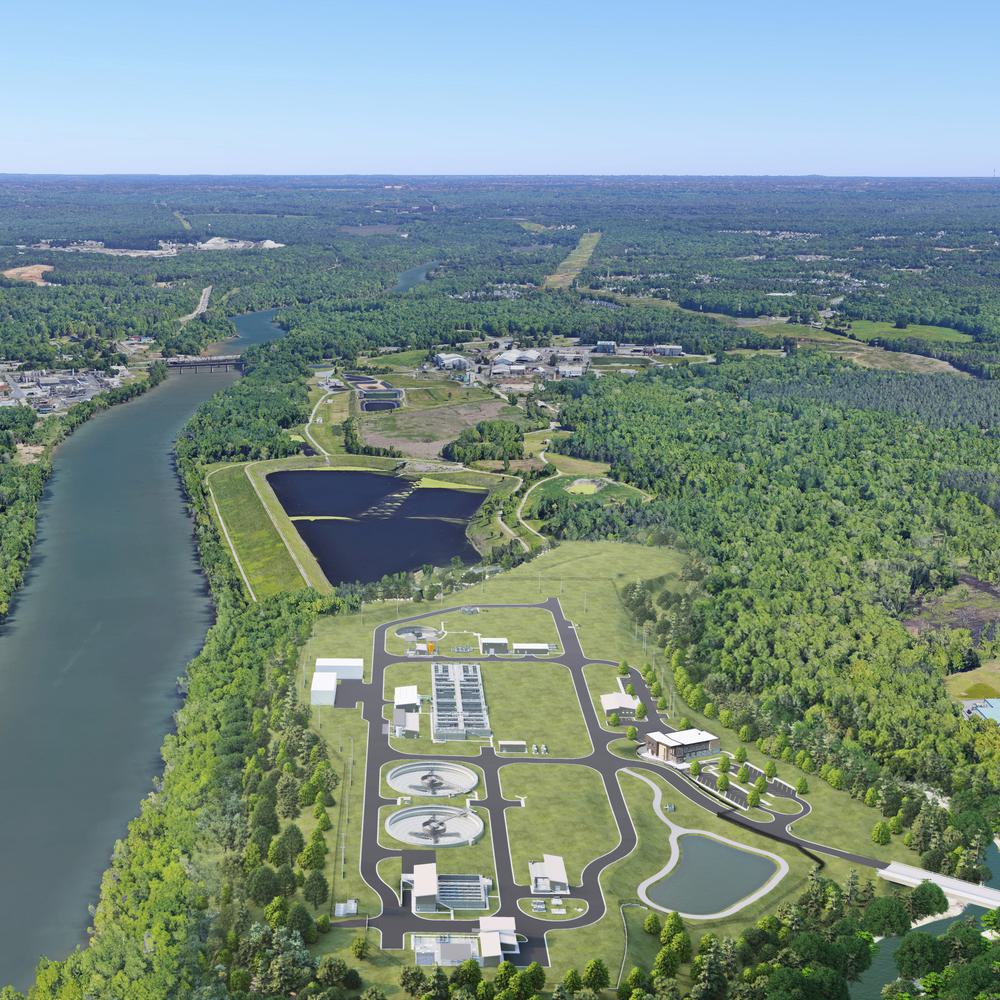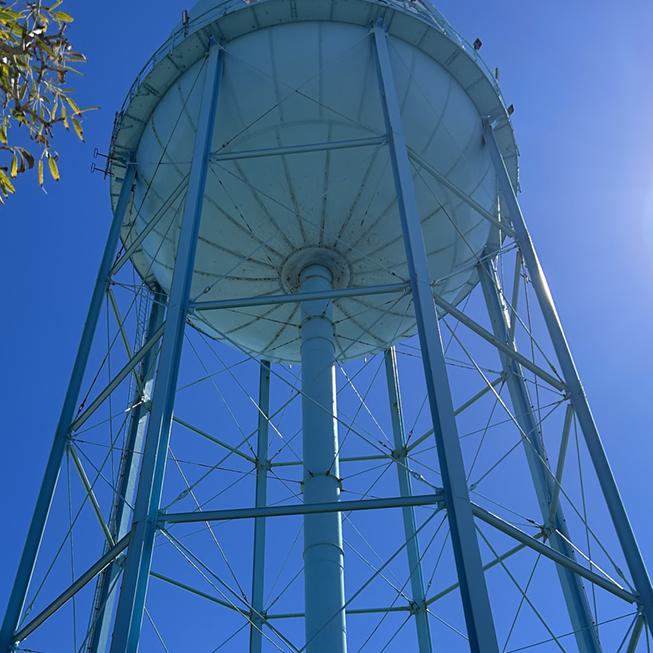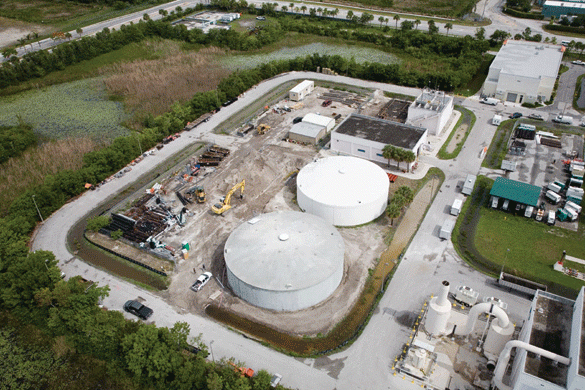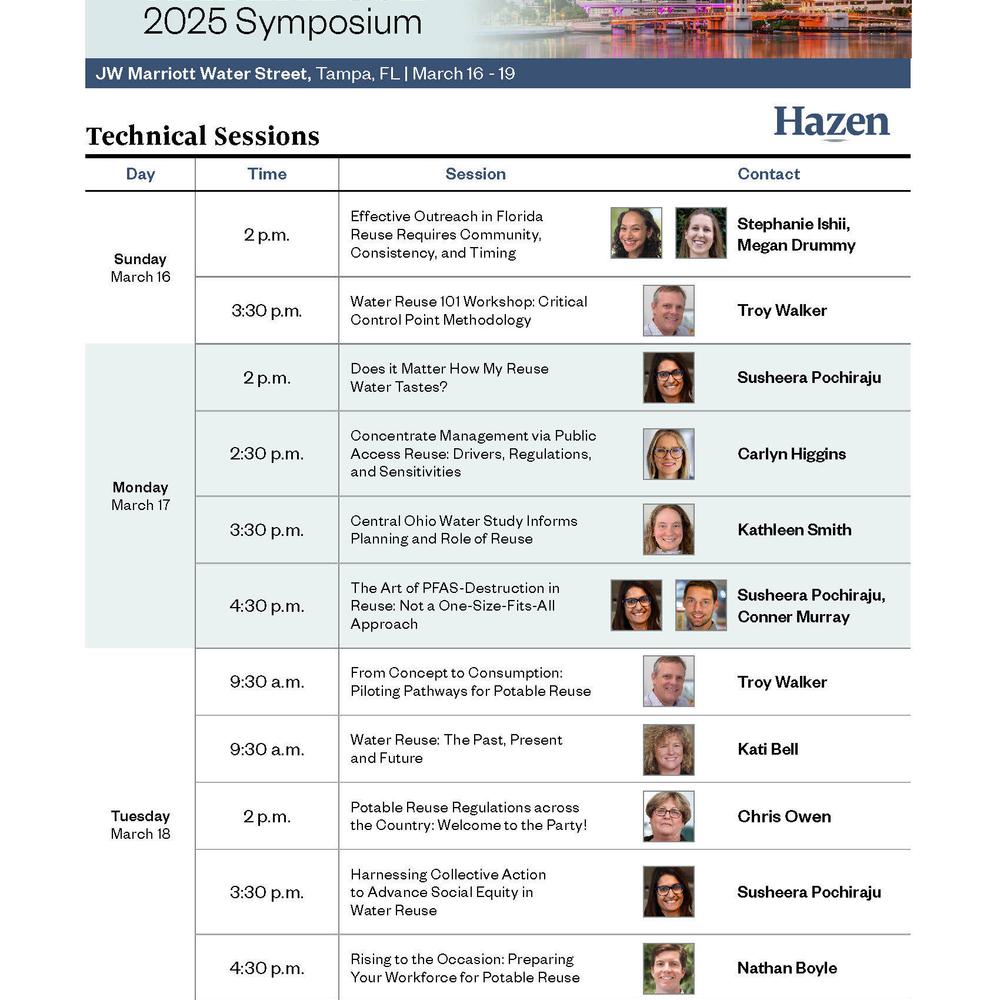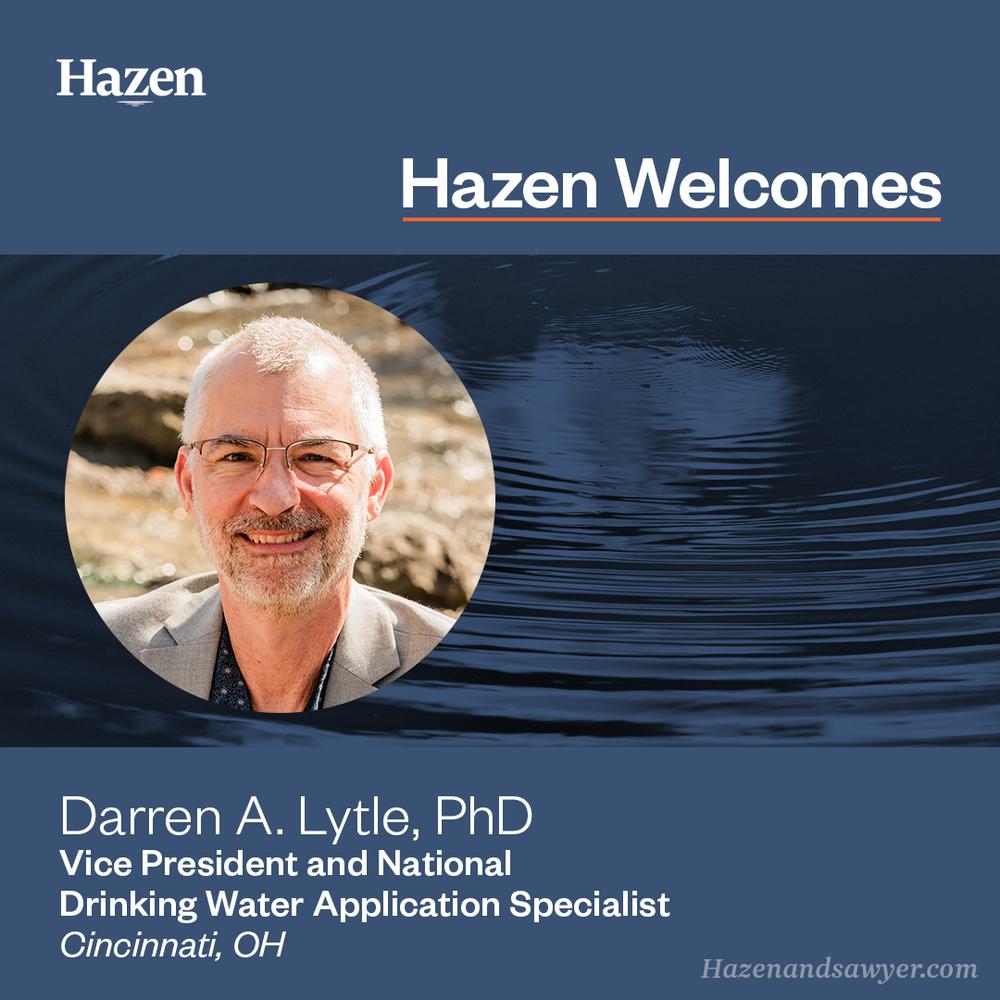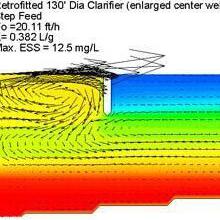Hazen Research Shows Cost-Competitiveness of PFAS Removal in Wastewater Solids
Innovative removal technologies and the development of cost curves—components of a Minnesota Pollution Control Agency project—are breaking new ground for PFAS management in biosolids.
At a Glance
- The project is the first to develop cost curves for PFAS destruction technologies in biosolids.
- Hazen evaluated technologies that can remove PFAS from municipal wastewater solids, selecting two that achieve greater than 99% efficiency.
- Utilities can use the cost curves to prepare order-of-magnitude plans and acquire funding for upgrades.
In March 2023, the Minnesota Pollution Control Agency (MPCA) published a report, “Evaluation of Current Alternatives for PFAS Removal and Destruction from Municipal Wastewater, Biosolids, Landfill Leachate, and Compost Contact Water,” which became the first study to develop cost curves for PFAS destruction technologies in biosolids. The MPCA commissioned the study as part of Minnesota’s PFAS Blueprint, a comprehensive interagency plan to prevent, manage, and clean up PFAS pollution.
PFAS have become a regular contaminant in water resource recovery facilities (WRRFs) due to direct discharge from domestic and industrial sources. Conventional treatment processes can't remove or destroy these persistent chemicals; they survive the WRRF process and are present in effluent and biosolids.

Mohammad Abu-Orf, PhD is a globally acknowledged biosolids processing expert with diverse experience including consulting engineering, operation technical services, and applied research and development.
Anna Munson, PE is a civil engineer specializing in drinking water and wastewater treatment systems. She leads design teams through technology assessments, development of process alternatives, design calculations, and plans and specification development.
Micah Blate, PE serves as Hazen’s Northeast Biosolids Lead, guiding wastewater and biosolids utilities through process modeling, feasibility study, and design phases of their project work.
Related Topics:
For the project, Hazen collaborated with Barr Engineering Co, which focused on municipal wastewater, landfill leachate, and compost contact water. Based on Barr’s research, MPCA concluded that without an alternative source of funding, PFAS removal and destruction from municipal wastewater will be unaffordable for the foreseeable future.
Hazen, however, focused on analyzing available options for PFAS removal in biosolids and developing cost curves for implementation. Based on the state of the industry and MPCA’s established criteria for PFAS removal in biosolids, the team identified two treatment processes that destroy at least one target PFAS at an efficiency greater than 99%.
Pyrolysis and/or Gasification followed by Thermal Oxidation
- Materials decompose at moderately elevated temperatures in an oxygen-low or -free environment, creating a carbon-rich material called biochar.
- In the process, PFAS becomes part of the gas phase that is destroyed via oxidation at the elevated temperature in the thermal oxidizer.
Supercritical Water Oxidation
- Elevated heat and pressure cause water to reach supercritical conditions.
- Adding oxygen to supercritical water destroys all organic matter, including PFAS.
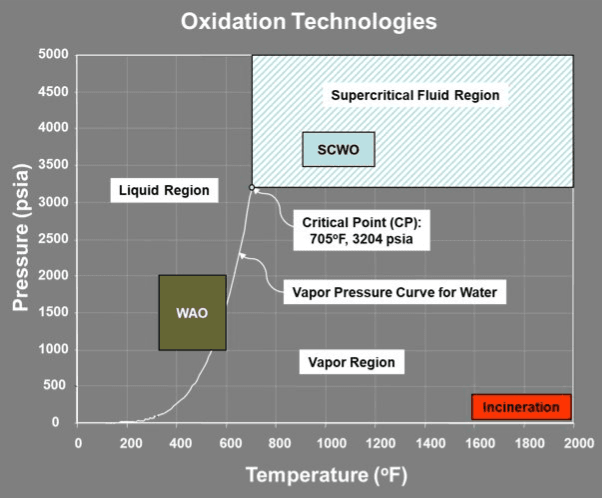
The Supercritical Water Oxidation process. As pressure increases, water boils and reaches the critical point where organic matter rapidly dissolves into simple molecules that can be fully oxidized. The peak temperature is not hot enough to produce nitrogen oxides or sulfur oxides.
These technologies produce residuals with little to no remaining PFAS in biosolids. At a minimum, they are available at pilot-scale, but can largely be obtained commercially.
Once the methods were selected, Hazen developed cost curves for WRRFs with treatment capacity ranging from 0.1-50 mgd. WRRFs in the 0.1 – 10 mgd range represent the majority of WRRFs in Minnesota, while WRRFs larger than 10 mgd are less common and sometimes serve more than one community within their region. Hazen also developed a 20-year lifecycle cost analysis for a 50-mgd regional PFAS destruction facility that would process biosolids received from several smaller WRRFs.
To view the full MPCA report, click here.

